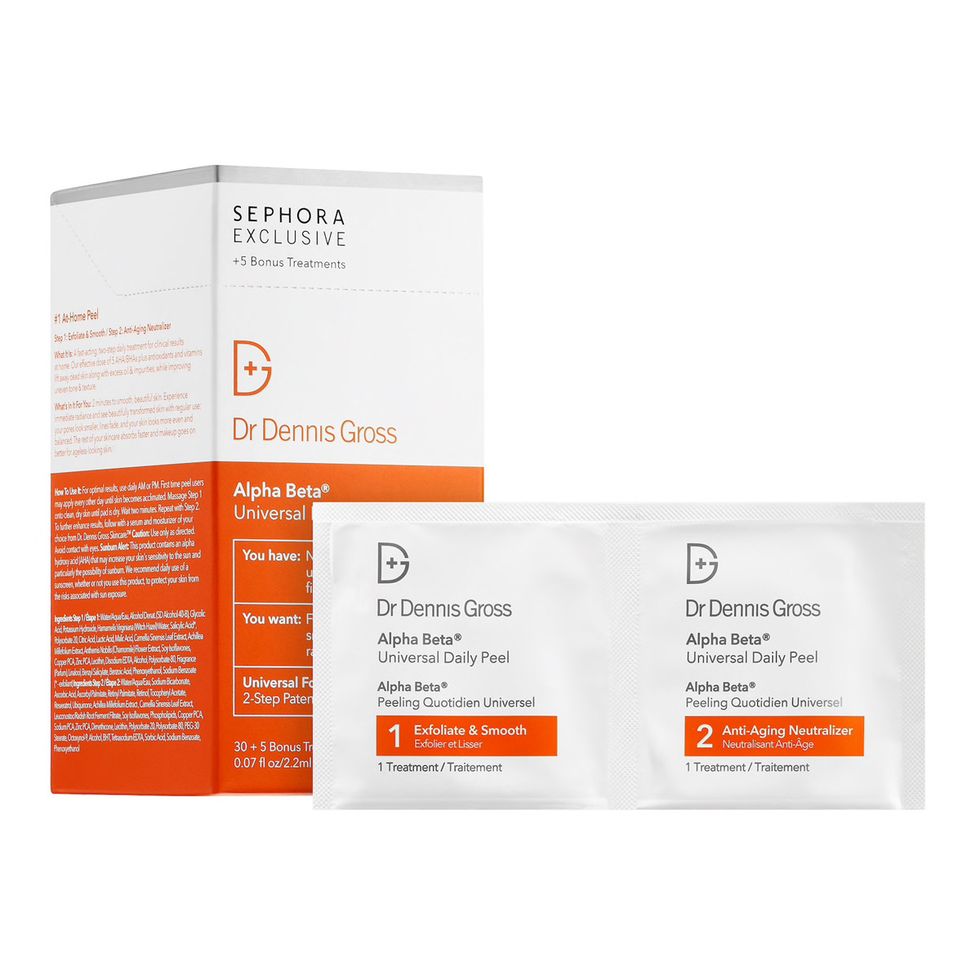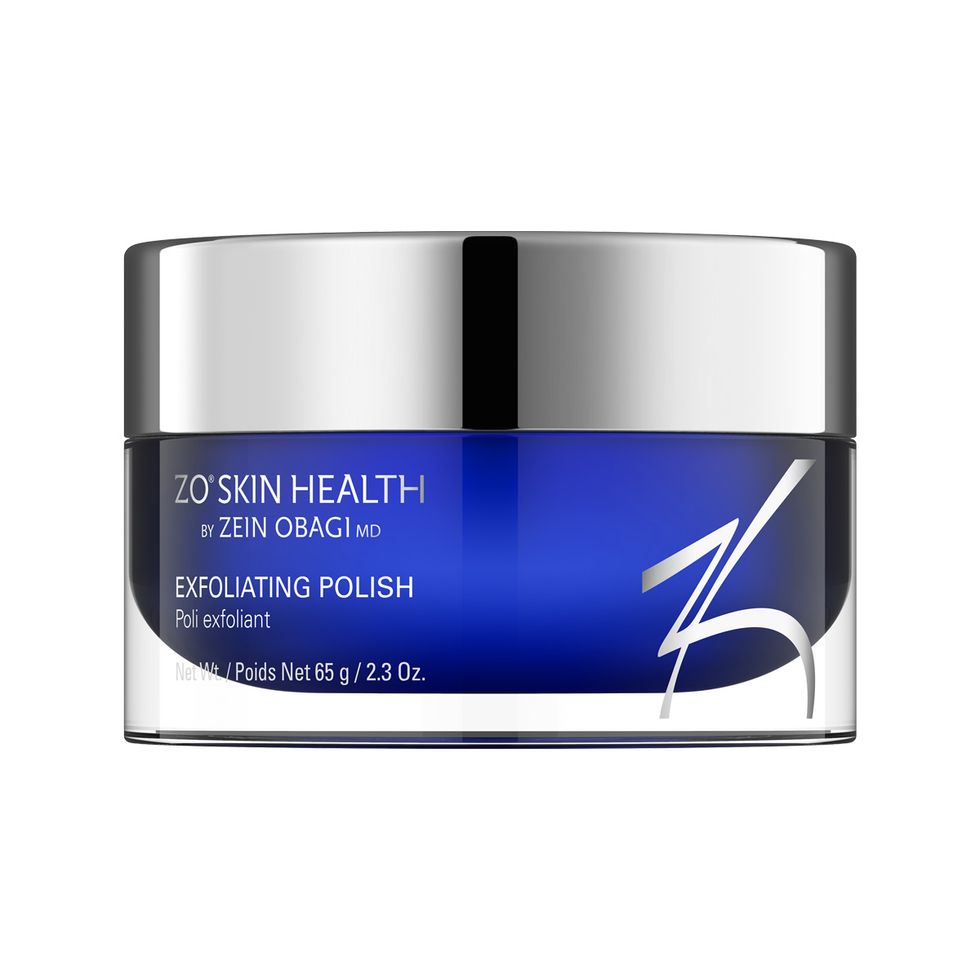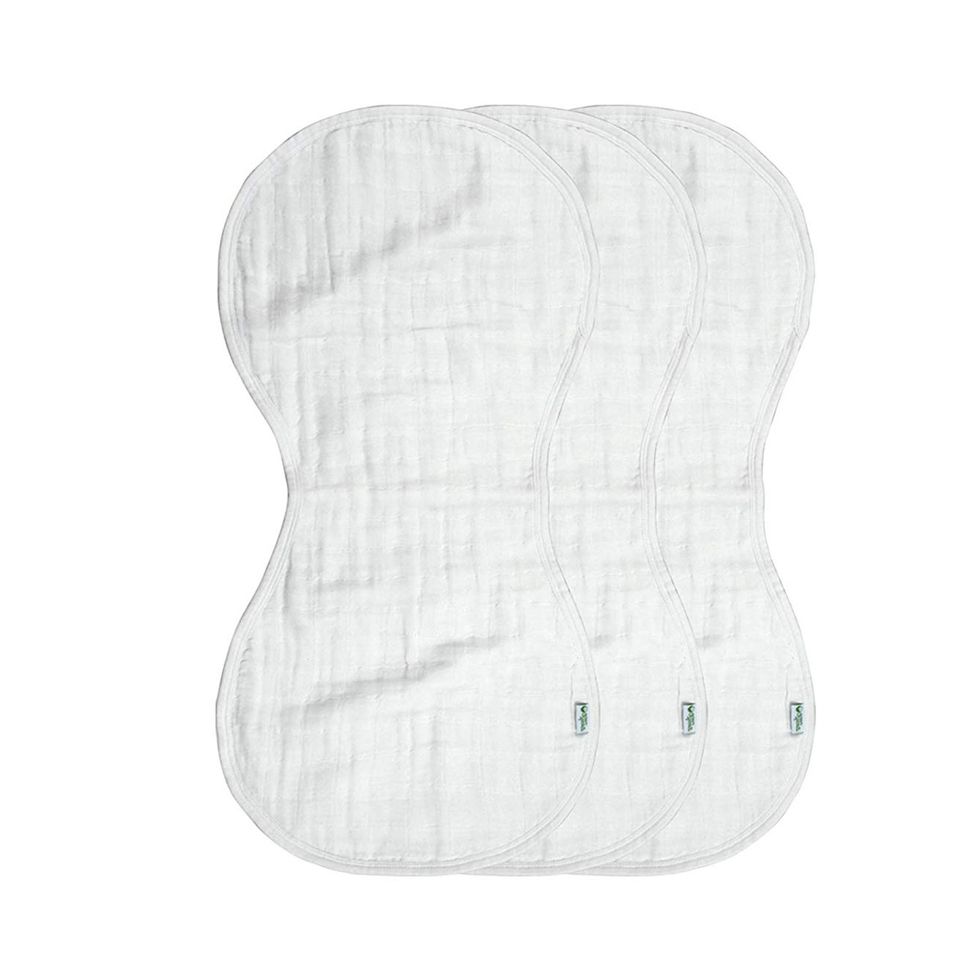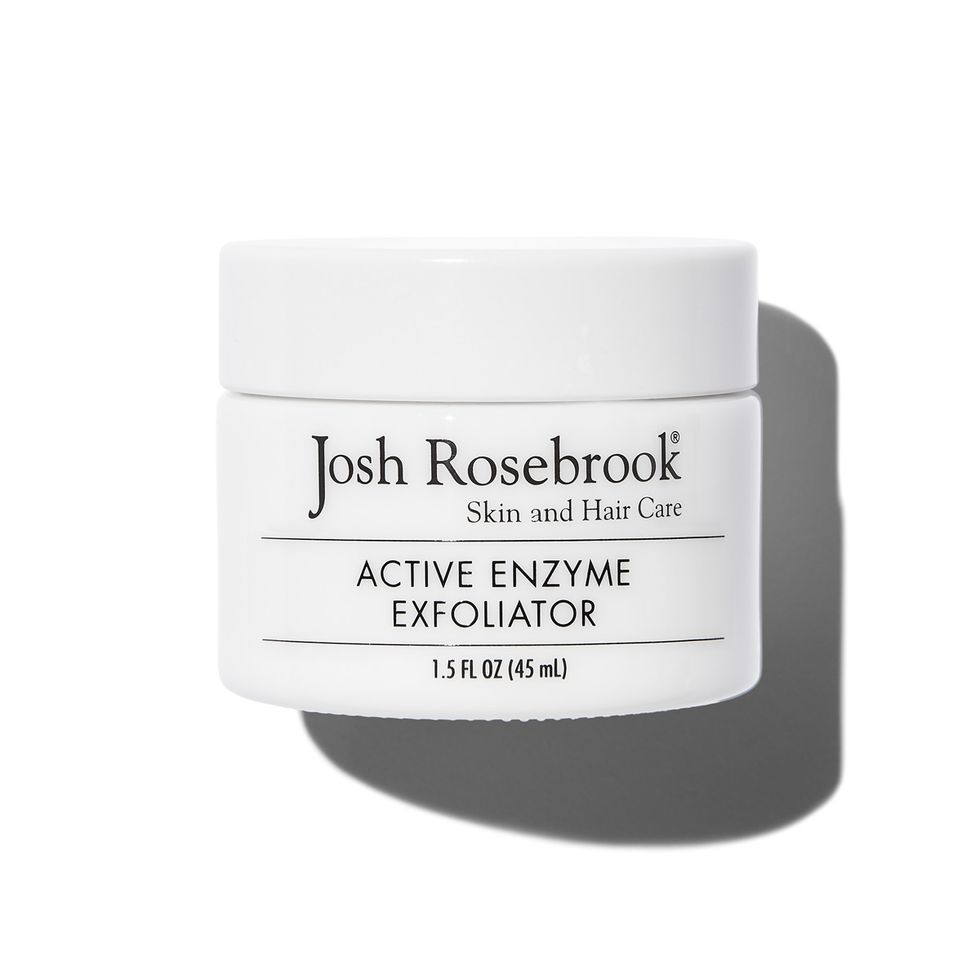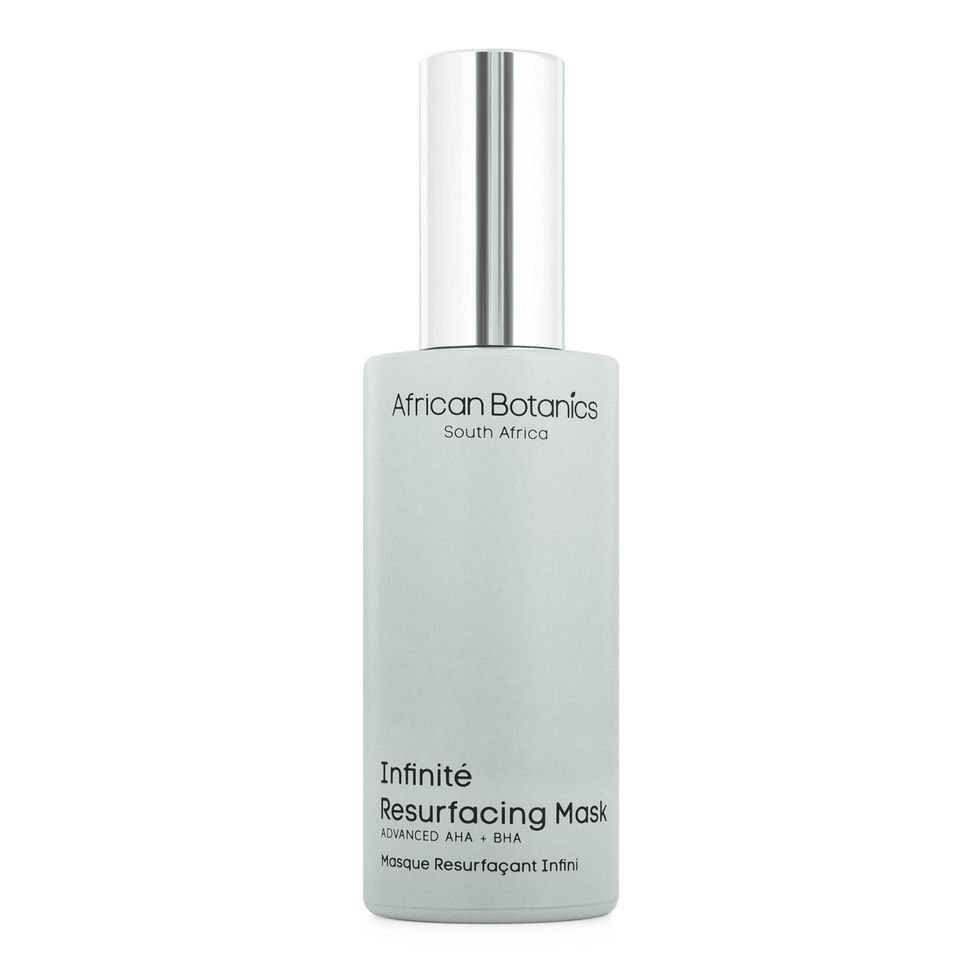Skin
Yes, You Are Probably Exfoliating Wrong
But don’t worry—these tips can help get your skin back on track.

02 March, 2020
10 November, 2021
Ask any esthetician or dermatologist about taking proper care of your skin, and they’ll inevitably stress the importance of exfoliation. Sloughing off dry, dead cells is one of the easiest ways to ensure that your pores remain uncongested and your skin stays luminous and soft. But to our detriment somewhat, the skin-care industry knows this too, which is why it seems like there are an unlimited number of products on the market that promise to leave you buffed and brightened in just one use. Like over-moisturizing, over-exfoliating is a serious issue that can cause much more harm than good, but then again, so is under-exfoliating. It’s a confusing world out there—that’s why we decided to consult an expert to get our skin-care routines back on track. Let cult-favorite facialist Sofie Pavitt break down everything you need to know about exfoliating your skin the right way.
Exfoliation 101
Regular exfoliation is crucial for maintaining healthy skin that glows because it removes the top layers of dry, dead skin. If this first layer of skin, the epidermis, isn’t exfoliated, the fresh new cells underneath will essentially be buried. As Pavitt says, “Dead skin can accumulate on the surface, which can lead to the skin feeling dry, dull, and tired. When we slough off that dead, dry skin, it not only improves the texture, fine lines, and overall illumination to the face, but also increases the ability for your products to penetrate on a deeper level.”
Chemical vs. Physical
There isn’t just one way for you to incorporate an exfoliating product into your established skin-care routine. Chemical and physical exfoliants are available in various over-the-counter options, in addition to professional-level treatments at your facialist’s or dermatologist’s office.
1. Physical exfoliation: “This can be scrubs, washcloths, brushes, et cetera. Scrubs have come a long way from older options like apricot kernels, which have sharp, broken edges that can tear at the skin. I like physical exfoliation, but not as a treatment for everybody. Washcloths can be aggressive, but I like to use a linen or muslin burp cloth to softly buff the skin when washing.” If you’re a fan of using a vibrating brush of some kind, Pavitt cautions against overuse, as the small bristles can sometimes widen pore openings over time.
2. Chemical: “Even though chemical sounds more aggressive than physical, the act of dissolving dead skin cells with an acid is actually more gentle than a scrub. There are lots of different types of chemical exfoliators, the most common being AHAs and BHAs (alpha hydroxy acids and beta hydroxy acids).”
In terms of professional treatments, there are a few different options to choose from. Pavitt recommends a chemical peel, which “can range from very superficial smoothing treatments to ones that peel the epidermis at significant layers.” There are also a variety of laser options as well. Two of the most popular right now are Clear & Brilliant and Fraxel Restore, both of which are non-ablative (or non-wounding) lasers that exfoliate the surface of the skin in addition to their primary goal of stimulating collagen growth. This shedding eliminates unwanted dark spots and dullness for overall more luminous skin.
Exfoliating Your Skin Type
When considering what type of exfoliant is right for you, you need to evaluate not just chemical versus physical, but also the option that is best suited for your skin type, meaning dry, oily, acne-prone, etc. Pavitt recommends the below:
1. Dry skin: “Alpha hydroxy acids are great for dry skin, as they loosen the bonds between the dry skin cells on the surface and the fresh, healthy skin underneath. Skin will feel smoother and more hydrated afterwards when using an AHA.” They are also water-soluble and are capable of enhancing the skin’s natural moisturizing ability, making them ideal for dehydrated skin. Some examples of this type of acid include lactic, mandelic, and glycolic acid.
2. Oily skin: “Beta hydroxy acids are great for oily skin, as these types of acids penetrate into the pores, cleaning up excess oil, sebum, and debris [which can clog the pore and lead to breakouts].” BHAs are also oil-soluble (meaning it can cut through that built-up oil) and are suitable for more sensitive skin. Some examples of this type of acid include salicylic and citric.
3. Acne-prone skin: “Acne is essentially a skin disorder wherein the skin cells within a pore shed up to five times faster than a regular pore. This calls for extreme exfoliation, which helps keep the pores clean of skin cells and congestion. I might recommend a few different types of exfoliation to a client with acne. No two people are the same because there are different types of acne—inflamed and non-inflamed—and four different grades of each. Someone might be suffering with two types on two different grades; it’s a complex skin disorder to treat, but it’s doable.”
Summer vs. Winter
The two extreme-temperature seasons are known for wreaking havoc on your skin, one for excessive oil and congestion, and the other for dryness and dullness. As we learned, AHAs are better suited for dry skin, since they are water-soluble, and BHAs for oily skin because of their oil solubility. It’s in your skin’s best interest that you swap out your products according to the season—you’ll see a lot less of those unwanted symptoms in the winter and summer. Of the former, Pavitt says, “This is also a time when I recommend people do more intense corrective exfoliation like peels and lasers. Sun exposure is lower in the winter, and therefore we run less risk of UV damage from compromised skin from these types of treatments.”
Over-Exfoliating vs. Under-Exfoliating
Pavitt revealed that she frequently has clients who are over-exfoliating. We get it—you want to try that cool new serum all over Instagram or that one scrub your friend swears cured her acne overnight. It happens. But consider this your call to chill with the products and give your skin a breather because, as she explains, there is too much of a good thing in this case.
“Clients will come to me and tell me their skin feels dry and nothing helps moisturize it, but most of the time it’s because they’re using multiple acids in multiple products and compromising their acid mantle (the protective film over the surface of the skin). It’s really hard to build that back up after stripping it away. I believe exfoliation is something that should happen two to three times a week, with one product at night, and then follow up with SPF in the morning, no matter the season.”
So if you have an overzealous exfoliating routine, scale back to using your favorite product every other day during the week, and if you haven’t started incorporating an exfoliant just yet, be sure to shop a few of Pavitt’s (and our) favorites below.
Shop the Story
1 / 7
Dr. Dennis Gross Alpha Beta Universal Daily Peels, $88
“This is not, in my opinion, for everyday use, but I would recommend using these amazing AHA/BHA wipes two to three times a week to see if this is enough or too much for you. I can’t stress enough how much I love this product.”
“This is not, in my opinion, for everyday use, but I would recommend using these amazing AHA/BHA wipes two to three times a week to see if this is enough or too much for you. I can’t stress enough how much I love this product.”
Want more stories like this?
You Might Be Applying Too Much Moisturizer
7 Hydrating Cleansers That Won’t Dry Out Your Skin
The Skin Condition You Never Knew Was Wreaking Havoc on Your Face
You Might Be Applying Too Much Moisturizer
7 Hydrating Cleansers That Won’t Dry Out Your Skin
The Skin Condition You Never Knew Was Wreaking Havoc on Your Face

